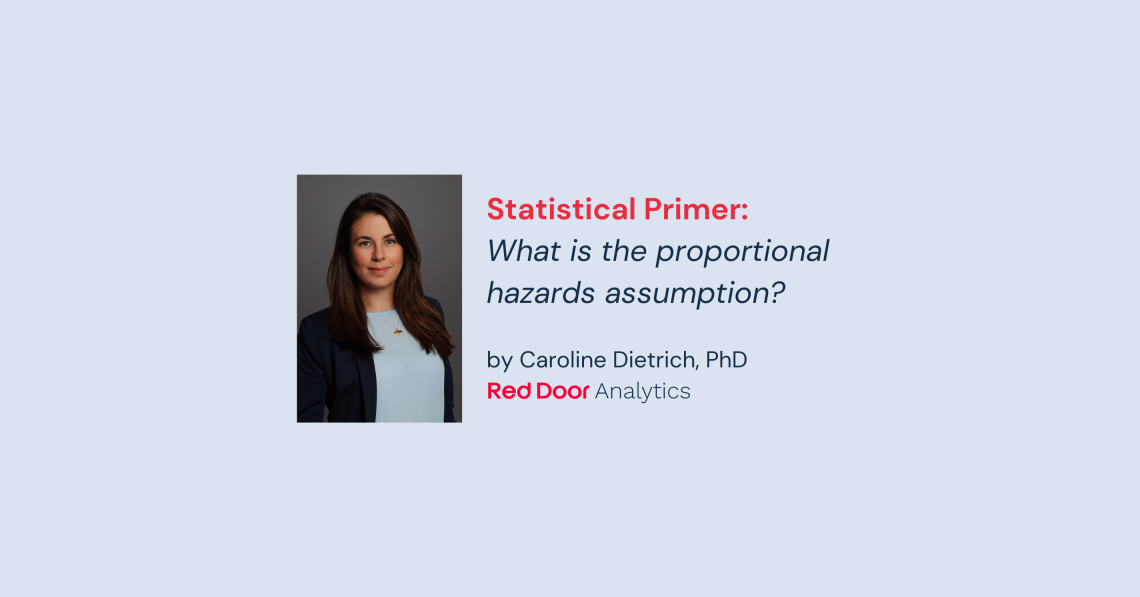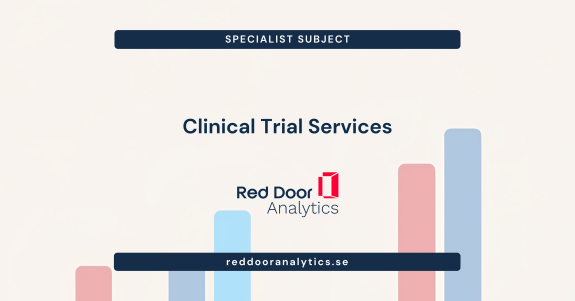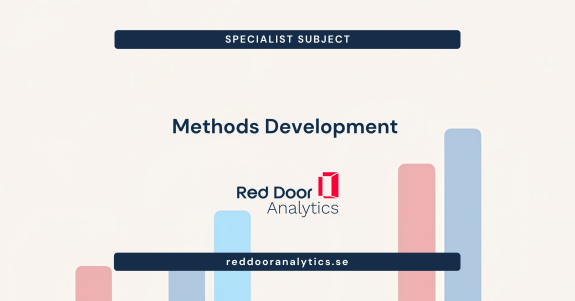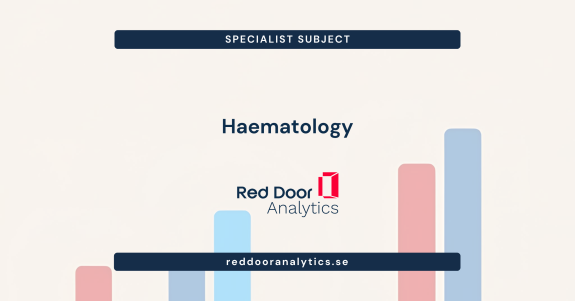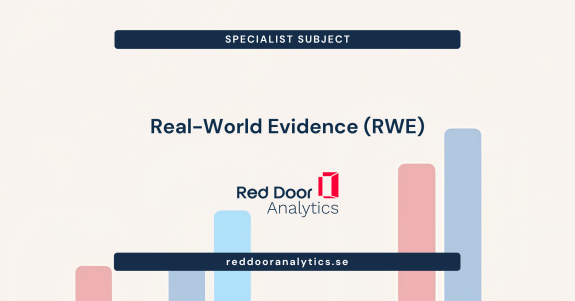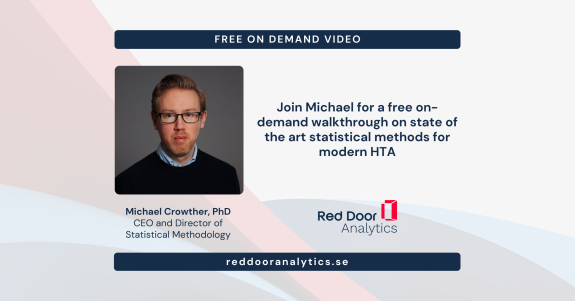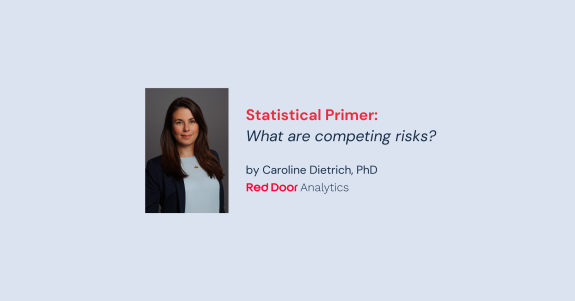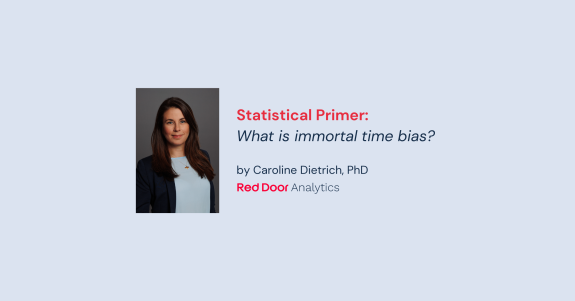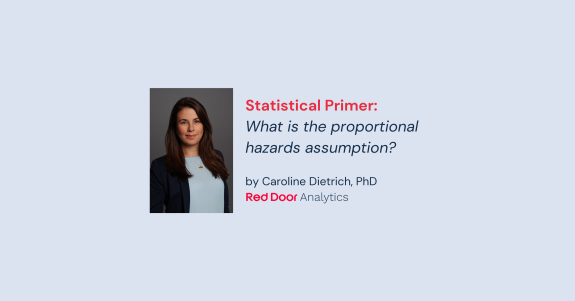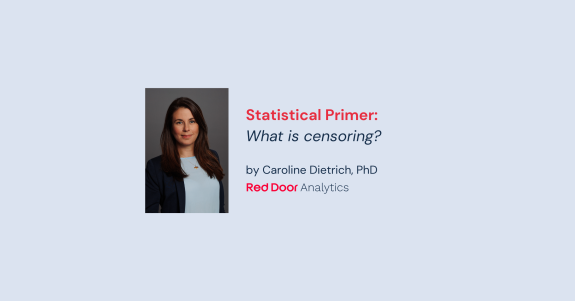Proportional hazards
Proportional hazards in survival analysis means that the rate at which an event of interest occurs over time for two or more groups or individuals is proportional over time.
Specifically, it assumes that the hazard ratio, which represents the relative rate of an event occurring between two groups or individuals, is constant over time.
In practice, the proportional hazards assumption means that by multiplying the rate in one group with a constant we can get the rate in another group, and this constant remains the same across follow-up. The constant is the hazard ratio.
For example, if we compare the mortality rate between non-smokers and smokers over 10 years of follow-up, and assume proportional hazards with a hazard ratio of 1.7, the mortality rate in smokers will be 1.7 times higher than that in non-smokers at start of follow-up, at 6 months, 5 years, 10 years, and at every time point in between.
Importantly, the proportional hazards assumption can be relaxed. This is most often done by splitting the follow-up time into sections and then assuming proportional hazards within each timeband. This can be generalised to include time as a continuous variable (as opposed to time bands) and then estimate the hazard ratio as a smooth function of time.
Sometimes non-proportional hazards are referred to as time-dependent or time-varying hazards. This is not to be confused with time-dependent (or time-varying) covariates.

